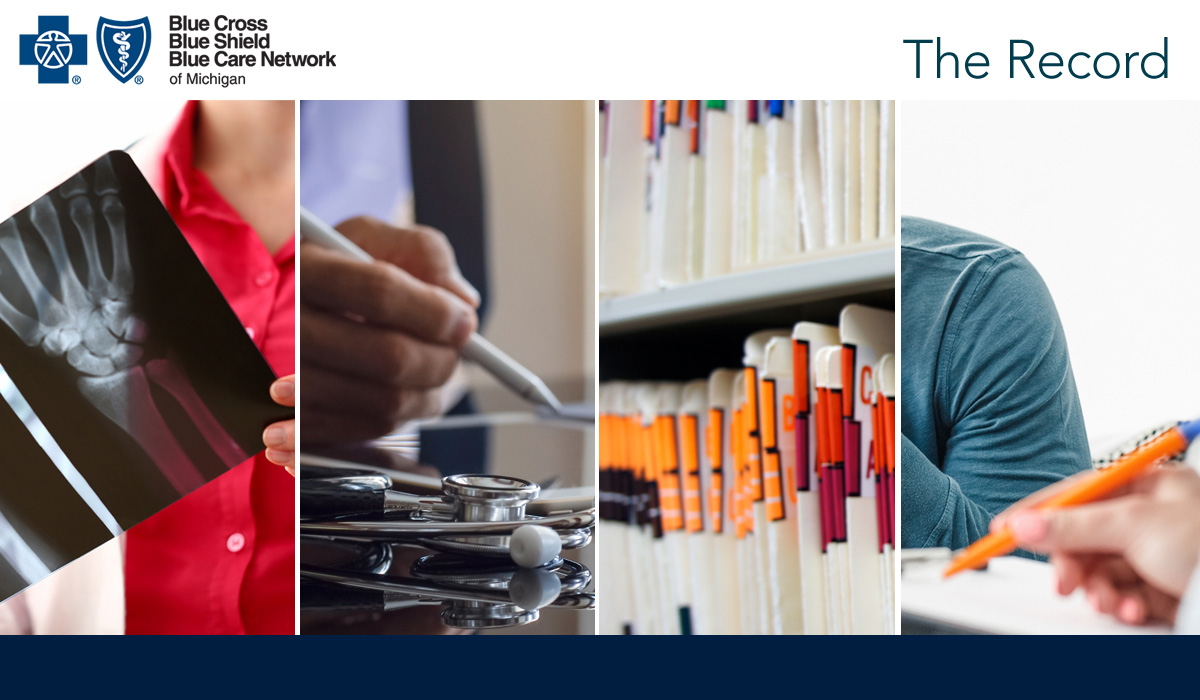
Forward to a friend |
Subscribe | The Record Archive | Contacts | bcbsm.com | Print this article
|
February 2025
Providers should code all members based on riskIt’s important for providers to base coding on each member’s level of risk, or severity of illness and intensity of care, whether the member is covered through one of our commercial, Medicare Advantage or Medicaid plans. Health care providers should also maintain clinical documentation to support the risk-based coding. Here’s why we’re encouraging providers to adopt this unified approach to risk-based coding and documentation for all members:
This more unified approach to risk-based coding and documentation will be used in the ongoing education, support, reporting and communication about proper coding that Blue Cross, BCN and Blue Cross Complete offer through:
Other benefits of risk-based coding and documentation When providers’ coding and records reflect the precise nature and severity of the member’s conditions:
How the processes are similar There are important ways in which the risk-based coding and documentation processes are similar for all lines of business. Specifically, these processes:
Application to other areas This new approach to risk-based coding education across lines of business will eventually be applied in other areas, such as the Healthcare Effectiveness Data and Information Set, or HEDIS®, measures, the CMS Star Rating system, and pharmacy claims and documentation. HEDIS® is a registered trademark of the National Committee for Quality Assurance. |
|
No portion of this publication may be copied without the express written permission of Blue Cross Blue Shield of Michigan, except that BCBSM participating health care providers may make copies for their personal use. In no event may any portion of this publication be copied or reprinted and used for commercial purposes by any party other than BCBSM.
|